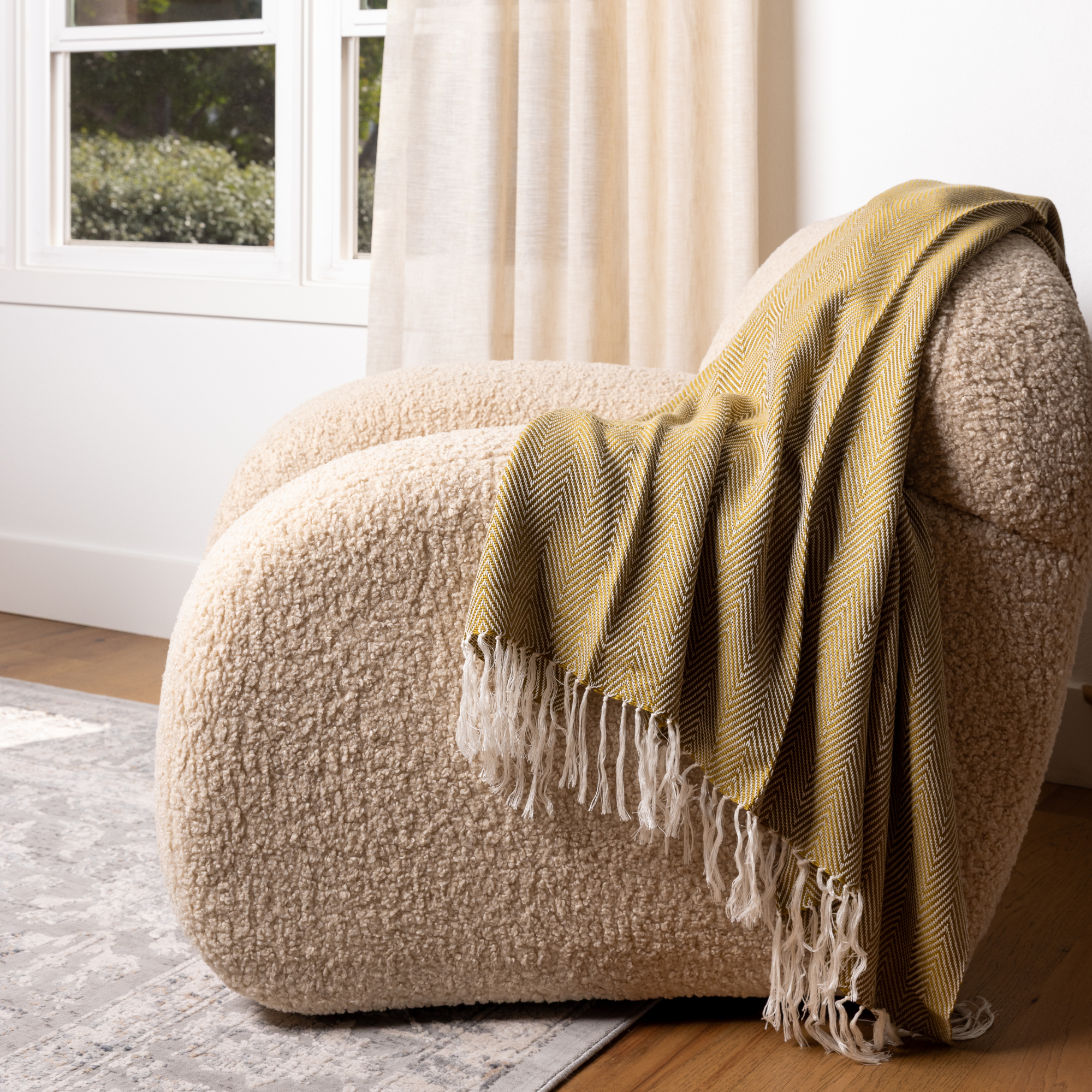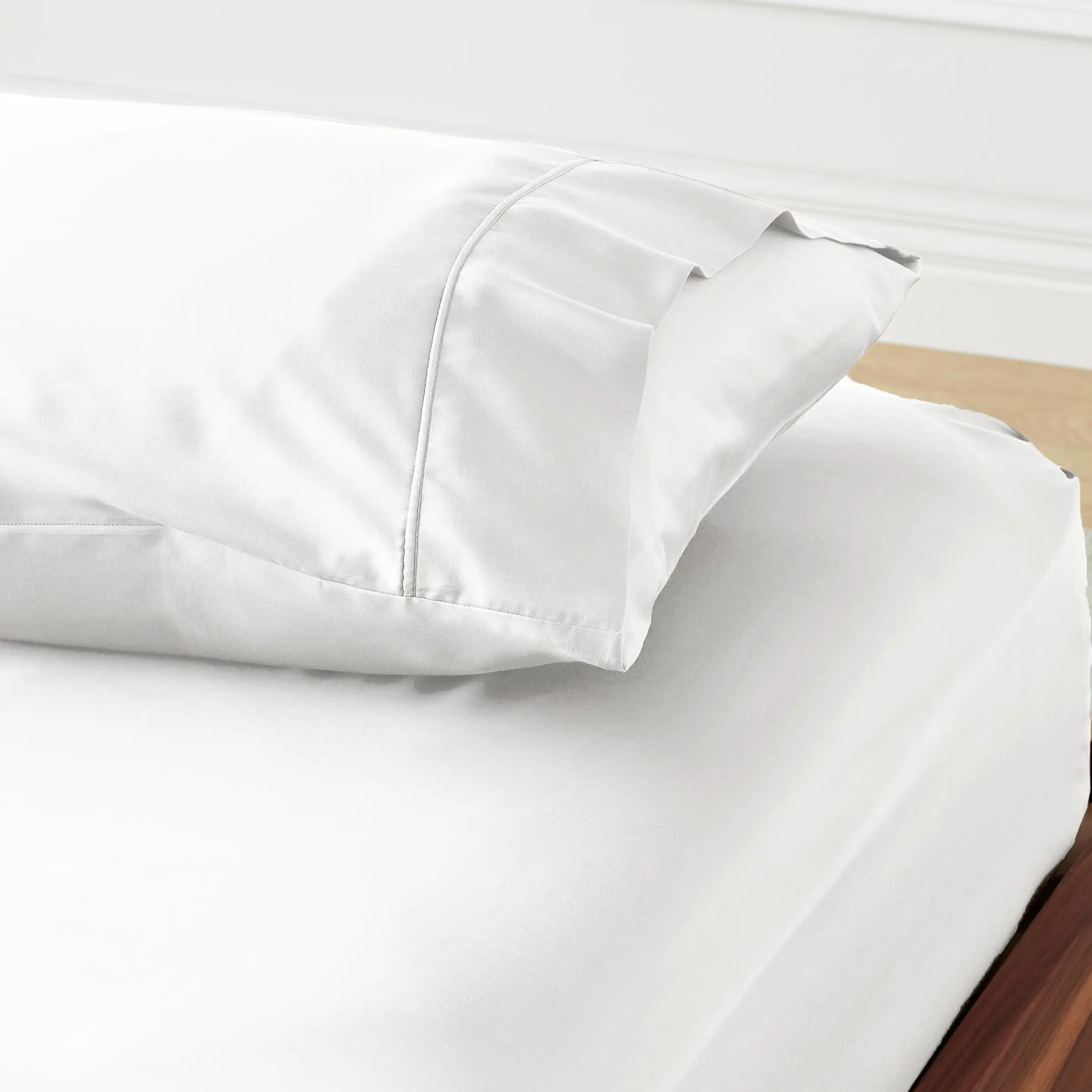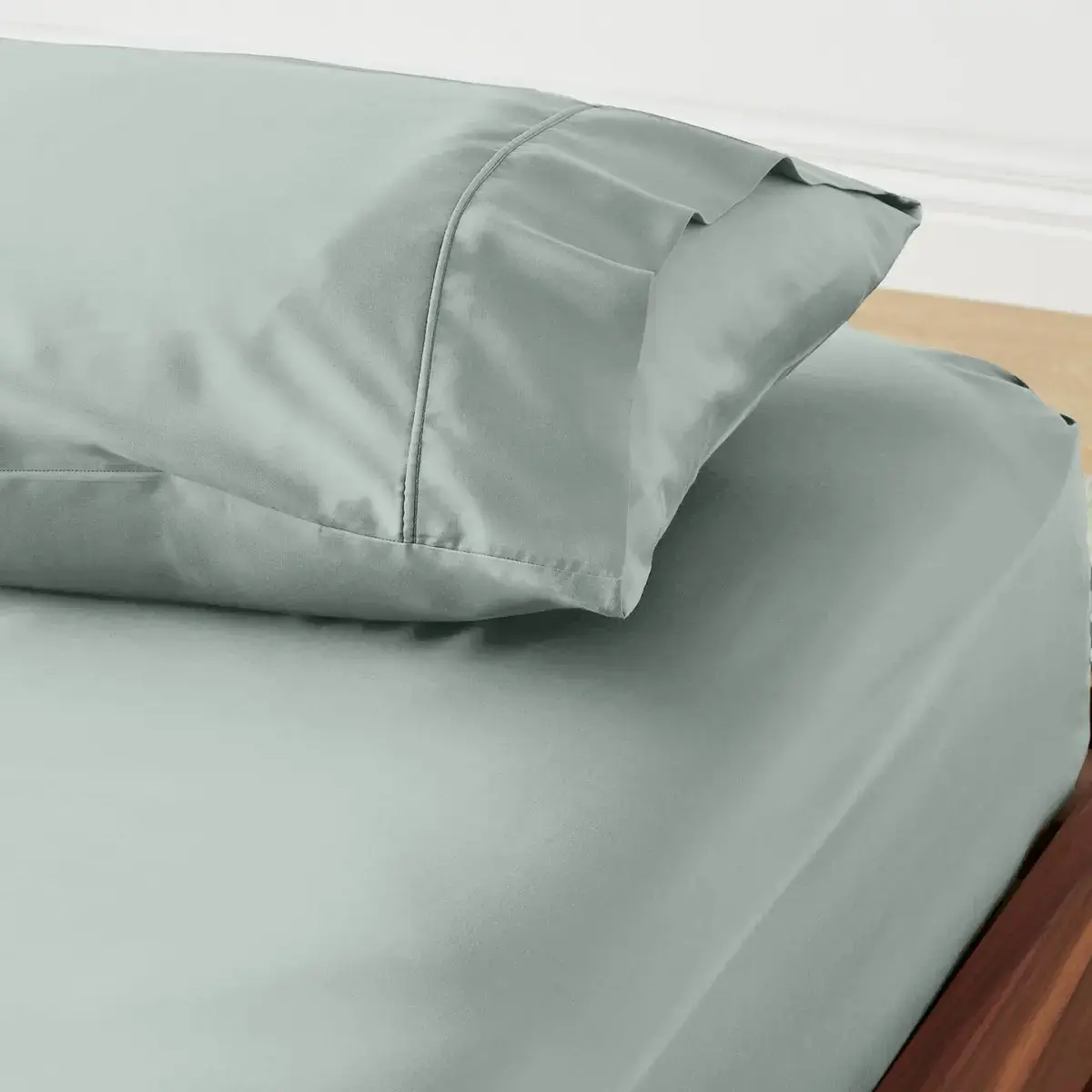Global fiber production has almost doubled over the past two decades, increasing from 58 million tonnes in 2000 to 116 million tonnes in 2022, with predictions of a rise to 147 million tonnes by 2030. The per capita fiber production also jumped from 8.3 kg in 1975 to 14.6 kg in 2022. This surge in fiber production poses significant environmental challenges, emphasizing the urgent need for a shift towards sustainable fibers and reducing reliance on virgin fossil-based synthetics to meet the GHG emission reduction target of 45% by 2030. This target is crucial for aligning with the global effort to limit temperature rise to 1.5°C as outlined by the Paris Agreement.
Synthetic fibers, like polyester and spandex, dominate 62% of the textile market as of 2020 but are environmentally detrimental. These synthetic materials largely fail to biodegrade, persisting in the environment for centuries and releasing harmful chemicals into soil and groundwater. Additionally, microfibers derived from these polymers are released from clothing through production processes, daily wear, and washing, contaminating water sources and entering human bodies via inhalation, presenting a significant health hazard.
Man-Made Cellulosic Fibers (MMCFs), primarily derived from wood, present a sustainable alternative to synthetic fibers owing to their natural, renewable, and biodegradable properties. Their importance is rising, with production doubling over the last thirty years and expected to continue growing. MMCFs offer environmental benefits by shifting away from petroleum-based synthetics and minimizing water usage compared to cotton farming.
Among the various types of MMCFs, viscose dominates the market with an 80% share, while wood-based lyocell holds a 4% share, ranking third in usage as of 2022. CleanBamboo® bamboo lyocell is also emerging as a popular choice. Determining the most sustainable option involves evaluating their production processes, resource efficiency, and environmental impact, which is crucial for eco-conscious businesses and consumers alike in choosing sustainably manufactured fabrics. Let’s break it down based on the factors mentioned below for you to make an informed decision.
Sustainability
1. Water footprint
The water footprint measures humanity's appropriation of fresh water in volumes consumed and/or polluted. There are three types of water footprint:
Green water footprint is water from precipitation stored in the soil's root zone and evaporated, transpired, or incorporated by plants. It is particularly relevant for agricultural, horticultural, and forestry products.
Blue water footprint is water sourced from surface or groundwater resources. It is either evaporated, incorporated into a product, or taken from one body of water, returned to another, or returned at a different time. Irrigated agriculture, industry, and domestic water use can each have a blue water footprint.
Grey water footprint is the freshwater required to assimilate pollutants to meet specific water quality standards. The greywater footprint considers point-source pollution discharged to a freshwater resource directly through a pipe or indirectly through runoff or leaching from the soil, impervious surfaces, or other diffuse sources.
The production of 1 ton of viscose staple fiber consumes 65 tons of freshwater. The process step that contributes the most to the total water footprint of viscose is dissolving wood pulp and fiber production, which has the highest blue and grey water footprint components. Viscose production uses a lot of harmful chemicals and requires enormous amounts of fresh water to assimilate pollutants.
However, the lyocell process has a much lower water footprint due to the use of organic solvents and closed-loop systems that almost fully recover the chemicals used (98% recovery).
Between tree-based lyocell (Tencel) and CleanBamboo® lyocell, CleanBamboo® has an even lower water footprint due to bamboo consuming much less water to grow than the trees.
2. Deforestation
Viscose and tree-based lyocell are mainly derived from wood pulp. More than 200 million trees are logged annually and turned into these cellulosic fabrics - some of those trees are sourced from ancient and endangered forests, and some from plantations that have replaced forests.
Where a plantation is on a peatland, this can have a climate impact, with carbon from the peat released into the atmosphere. Studies have found that pulpwood plantations on drained peat release an average of 100 tonnes/hectare/year of CO2. That means every hectare produces CO2 emissions equivalent to 98 return flights between London and New York.
Logging of forests also impacts indigenous people and local communities by depriving them of their access to traditional land uses, with a diverse range of impacts from food security to communities’ safety, conflicts, or cultural disruptions.
On the other hand, CleanBamboo® lyocell is derived from bamboo pulp sourced from Ecocert and FSC-certified organic bamboo farms. Bamboo is a subfamily of grasses that can act like trees and be used like trees. Unlike many trees, however, some species of bamboo can grow exponentially on degraded land, be managed without pesticides or fertilizer, and sequester significant amounts of carbon over short periods of time.
Bamboo is an easy-to-grow crop that provides annual income to some of the poorest communities in tropical and subtropical regions. Farmers and foresters who can regularly harvest raw materials, animal feed, and fuel from bamboo stands are under less economic pressure to exploit tropical forests in an unsustainable manner, especially if bamboo is growing nearby.
3. Carbon footprint
A carbon footprint (or greenhouse gas footprint) is a calculated value or index that makes it possible to compare the total amount of greenhouse gases that an activity, product, company, or country adds to the atmosphere. Carbon footprints are usually reported in tonnes of emissions (CO2-equivalent) per unit of comparison.
According to 3rd party LCA (Life Cycle Assessment) analysis, CleanBamboo® lyocell emits 36% less CO2 than viscose and 22% less than tree-based lyocell (Tencel).
4. Eutrophication
Eutrophication, the addition of ‘excess’ nutrients to a water body, is a widespread environmental problem facing the world’s aquatic habitats. Eutrophication results from an overgrowth of algae and the depletion of oxygen from bodies of water, which creates dead zones in lakes, rivers, oceans, and streams where neither plants nor animals can live. The leading cause of eutrophication is the accumulation of excess nutrients in waterways. While eutrophication can occur naturally, human causes, such as agricultural fertilizers, sewage, industrial waste products, the livestock industry, and aquaculture, have rapidly increased the rates of eutrophication.
Viscose production is chemical-heavy. Its wastewater is dominated by oxygen-consuming organic substances from zinc sulfate. Other toxic chemicals in viscose production include sodium hydroxide (caustic soda) and sulphuric acid. If bleaching is applied to fibers, effluents may contain AOX and chlorates, which have toxic effects in the aquatic environment, and dioxins, which are persistent organic pollutants highly toxic to humans and the environment.
In lyocell fiber production, water pollution is reduced due to the use of organic solvents and closed-loop systems that almost fully recover the chemicals used (98% recovery). However, bamboo lyocell has even less eutrophication due to the growth of bamboo, which doesn’t require any fertilizers and pesticides. For tree-based lyocell, the chemicals used in pest control and fertilization, soil erosion, and organic matter from debarking and transport degrade water quality; deforestation also changes hydrological patterns that all contribute to eutrophication.
5. Fossil Fuels
CleanBamboo® lyocell also requires the least amount of fossil fuels to produce. In LCA (Life Cycle Assessment)analysis, fossil fuel usage means the depletion of nonliving (abiotic) resources, including oil, natural gas, and coal, that are used as energy carriers. It corresponds to the use of nonrenewable natural resources. 3rd party LCA data report confirmed that CleanBamboo® lyocell uses 53% less fossil fuels than viscose and 42% less than Tencel.
Performance
Just being sustainable does not necessarily mean quick mass market adoption. It needs to have superior performance attributes. CleanBamboo® lyocell outperforms viscose and Tencel (tree-based lyocell) in comfort and durability according to the Intertek testing results below:
1. Moisture management
Moisture management is the controlled movement of liquid (sweat) from the skin surface to the environment through the fabric. It is an essential factor in optimizing comfort and maximizing performance. Transfer of perspiration from the skin to the atmosphere regulates the body temperature and maintains heat balance.
Interk test results show Viscose is 31% less efficient than CleanBamboo® lyocell, and Tencel (tree-based Lyocell) is 36% less efficient.
2. Cooling effect
The cooling effect test warms the fabric, simulates body heat, and then measures heat loss per unit (W/cm2). The higher the number, the quicker the product is able to cool. This test shows that when heat is applied to the textiles, Cleanbamboo® fabric dissipates the heat and regains coolness faster than Viscose and Tencel. Viscose is 47% slower, and Tencel is 7% slower in dissipating heat.
3. Durability
To be defined as sustainable, a fabric must, above all, be durable. What is durability? It is the ability of a material to exist for a long time without significant deterioration and, especially for fabrics, to resist wear through continual use and care. Durability testing involves chemical and physical tests, measuring fabrics' resistance to abrasion and pilling, tear resistance, strength and elasticity, felting, and shrinkage.
Test results show that, on average, CleanBamboo® lyocell has 18% higher pilling resistance and is 51% more durable than viscose and Tencel. It also has a 17% better surface appearance after aging. (the aging process included exposure to UV rays and 20 wash cycles)
Other factors to consider
Bamboo stands out in regenerative agriculture for its low nutrient requirements, rapid growth, and ability to prevent erosion by raising the water table with its robust roots. Bamboo is the fastest-growing plant, producing 35% more oxygen than trees over the same area while absorbing significant CO2. Bamboo sequesters 17 tons of CO2 per hectare annually; one bamboo stalk can sequester 11.5 times more CO2 than one tree.
Unlike trees, bamboo can be harvested without killing the plant, as its rhizomatous grass structure allows it to continue acting as a carbon sink even after harvesting. Skillful, sustainable harvesting of bamboo prevents CO2 and greenhouse gas releases. It enhances its role as a carbon sink, locking carbon in the roots and harvested material.
The Verdict
Overall, CleanBamboo® lyocell is a more sustainable next-gen fiber than viscose and tree-based lyocell. It also has a fully transparent and traceable Canopy Hot Button-approved supply chain all the way to its 100% FSC and EcoCert organic certified bamboo farm.
Indulge in Luxury
Discover the unparalleled comfort and eco-friendly benefits of CleanBamboo®, and explore our luxuriously soft and sustainable bamboo bedding. Transform your sleep into a guilt-free indulgence. Learn more about our commitment to sustainability here and the unique qualities of our CleanBamboo® here.
FAQs
What are the main differences between viscose, tree-based lyocell, and bamboo lyocell?
Viscose often uses wood pulp from less sustainable sources and harsher chemicals. Tree-based and bamboo lyocell utilize a closed-loop system, but bamboo is a faster-growing resource.
Which material is considered the most sustainable, and why?
Bamboo lyocell (CleanBamboo®) is likely presented as the most sustainable option due to bamboo's rapid growth, lower water needs, and the closed-loop lyocell process. Explore ettitude’s commitment to sustainability on our Sustainability page.
What is a "closed-loop" system, and why is it important for sustainability?
A closed-loop system refers to a manufacturing process where almost all the solvents and water used are recycled and reused, minimizing waste and environmental impact. This is a key feature of lyocell production.
How does tree-based lyocell compare to bamboo lyocell in terms of sustainability?
While tree-based lyocell is generally more sustainable than viscose, bamboo lyocell often has an edge due to bamboo's faster growth rate and lower environmental impact.
What are the benefits of using bamboo as a raw material for lyocell?
Bamboo is a fast-growing resource that needs minimal water and zero pesticides, making it an environmentally friendly choice.






























































































